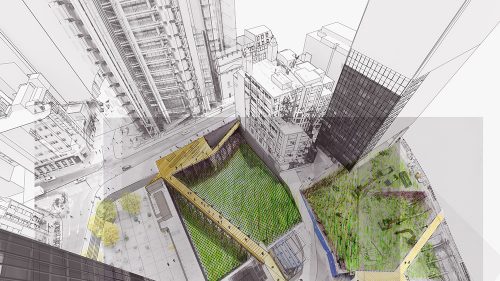The focus of the current planning system is skewed in favour of increasing housing numbers with little reference to good design and creating sustainable, liveable places. This has inevitably perpetuated an environment of resentment among local residents towards development, where communities feel locked out of the decision-making process. This is symptomatic of the wider problem in which development comes forward only in the context of numbers of homes supplied.
However, a focus on design alone will not be sufficient; before assessing the characteristics of what makes a successful place, we must first look at providing the necessary environment required to deliver strong, lasting neighbourhoods. We can look to lessons from the past for examples of innovative land development and public-private partnerships that prioritised good design and fostered strong new communities. These suggest solutions to ensure homes are delivered at greater speed, while meeting the need for housing that people actually want.
The strategy requires a local approach, with an up to date Local Plan at its centre. This needs ambitious but realistic housing supply targets informed by objective market need, clear demand and a sound assessment of the area’s potential for development. This begins with ensuring local authority planning departments across all regions are adequately resourced to develop ambitious plans. There is also a requirement for a clear framework demonstrating how Local Plans are supported by wider spatial plans, such as Strategic Economic Plans. The framework should display a clear set of complementary holistic policy ambitions developed for an area through the collaboration of different regional bodies.
Equally as important is planning for the infrastructure on which housing depends. Spatial modelling tools can help to ensure that the right development is delivered in the right place, by identifying where capacity exists to accommodate new housing. To support the development of transport and social infrastructure alongside new developments, a new, integrated, approach to decision making is needed. At present, some of the rules set by HM Treasury and the Department for Transport, amongst others, prohibit local and regional authorities from building rail/transit links, affordable housing, new schools and health facilities, or even coordinating bus schedules. Specific consideration should be given to putting the necessary infrastructure in place to support greater delivery of self-build homes.
This lack of coordination can significantly delay development and increases public concern about the impact of new homes on existing residents. If local people are to buy into our collective ambition to deliver successful places, they need to be secure in the knowledge that it won’t have an adverse impact on their quality of life.








